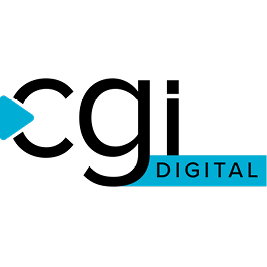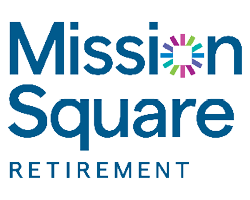What makes democracy work? Beyond voting and electoral processes, civic infrastructure encompasses a network of organizations that provide everyday people with opportunities to engage, lead, and act together. In a new article published in Scientific Data, researchers introduce MapAgora—a first-of-its-kind series of datasets that map America’s civic infrastructure by examining over 1.7 million nonprofit organizations. By linking IRS tax filings to website text and using machine learning classification, MapAgora tracks whether organizations offer tangible civic opportunities and identifies the types of organizations that provide them. Their ambitious goal is to understand not just where civic life exists, but who it includes and what shapes it.
The authors define civic opportunity as the “supply side of social capital,” capturing the institutional openings through which individuals engage in public life. Civic opportunities include membership (e.g., joining an association), volunteering, public events, and civic/political action (e.g., protests, advocacy). Crucially, these opportunities aren’t determined by an organization’s size or wealth. In fact, as the data show, that relationship can be inverted.
Here’s a snapshot of the findings:
- One of the more surprising findings is that organizations offering more civic opportunities tend to have fewer financial resources. Nonprofits that provided only one type of civic activity (e.g., solely volunteering) had the highest median assets and income. Those offering multiple types, like membership, events, and activism, had lower financial means. This counters assumptions that wealthier organizations contribute more to public life. Instead, the civic heavy lifting is often done by smaller, local, and less visible groups, such as churches, fraternal lodges, and community clubs.
- Civic opportunity is not evenly distributed across geography. There are wide disparities in civic opportunity by state and region. Communities in wealthier or urban areas tend to offer far more opportunities to engage than rural or under-resourced ones. These differences matter. Just as access to schools or healthcare shapes who participates in democracy, access to civic life also influences participation in democracy.
- At the county level, civic opportunity scores decline as inequality rises. There are clear negative relationships between civic opportunity and several key indicators, including poverty, unemployment, lack of broadband access, and educational attainment. This pattern reflects what researchers call “civic deserts,” namely, areas where people have few, if any, local institutions through which to participate. While ZIP code data follows a similar trend, they’re less stable due to smaller sample sizes.
- Across both counties and ZIP codes, religious and fraternal groups are the most common civic providers. In many places, these organizations account for more than half of all civic opportunities. These groups play important roles, especially in underserved or racially marginalized communities. But their dominance can also signal limited civic diversity. Many require shared beliefs or identities for participation, potentially excluding immigrants, LGBTQ+ people, or those with differing religious views.
- The final validation in the study shows that in high-inequality counties, communities become more dependent on religious and fraternal organizations for civic life. Five out of six inequality indicators (e.g., poverty, lack of broadband) are positively associated with this dependency. That suggests civic life in these areas may be less pluralistic, with fewer nonsectarian or advocacy-based entry points into public participation.
These findings carry relevant implications. One is that democracy is built from the ground up. It depends not only on voters or policies, but also on whether people have places to gather, organize, and take action. Another is that civic deserts are real. Economic inequality and social isolation go hand-in-hand with civic disengagement. Lastly, small orgs matter. The organizations doing the most civic work are often under-resourced and under-supported.
The MapAgora dataset provides an unprecedented view of the structural forces shaping civic life. It pushes us to go beyond vague appeals to “engagement” and ask where people can engage and through what kinds of groups? The strength of American democracy is tied not just to elections but to infrastructure, where people practice democracy every day. As this dataset shows, access to that infrastructure is deeply unequal. To revitalize democracy, we must invest in local, diverse, and inclusive civic spaces, particularly in underserved communities.
You can explore the full dataset here.



